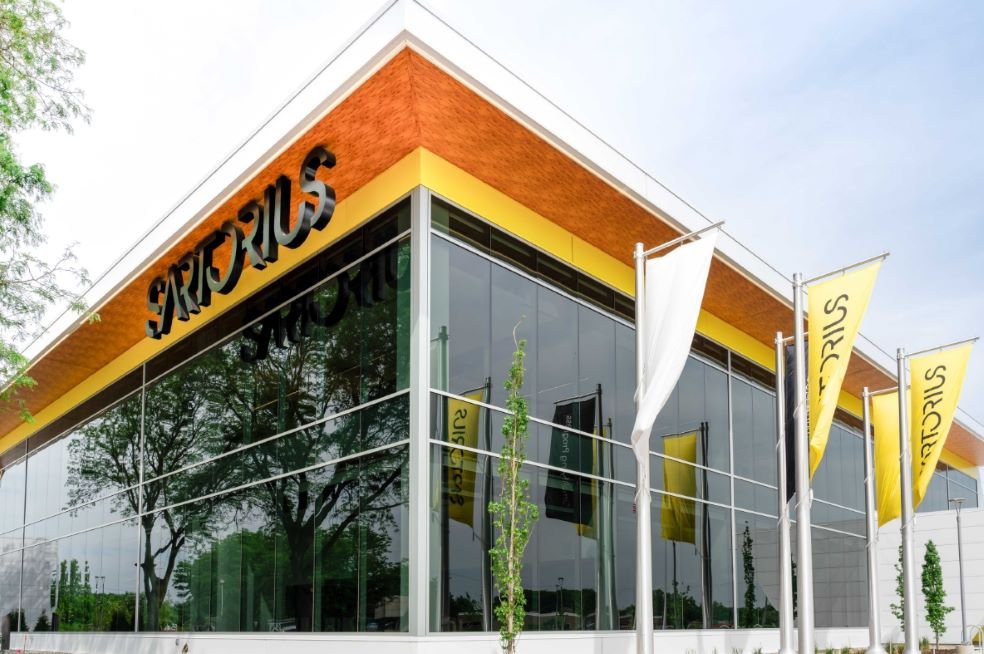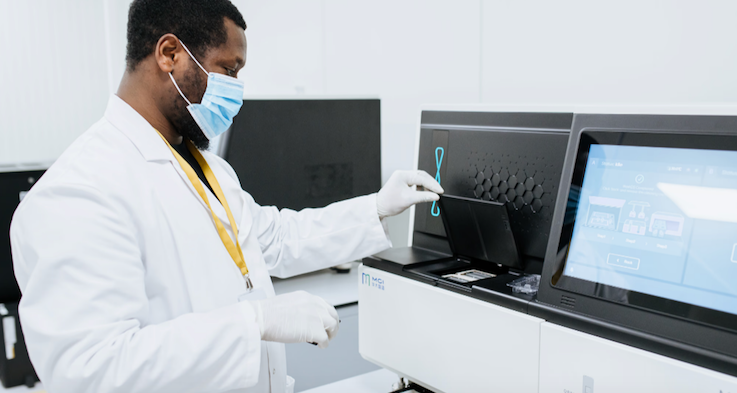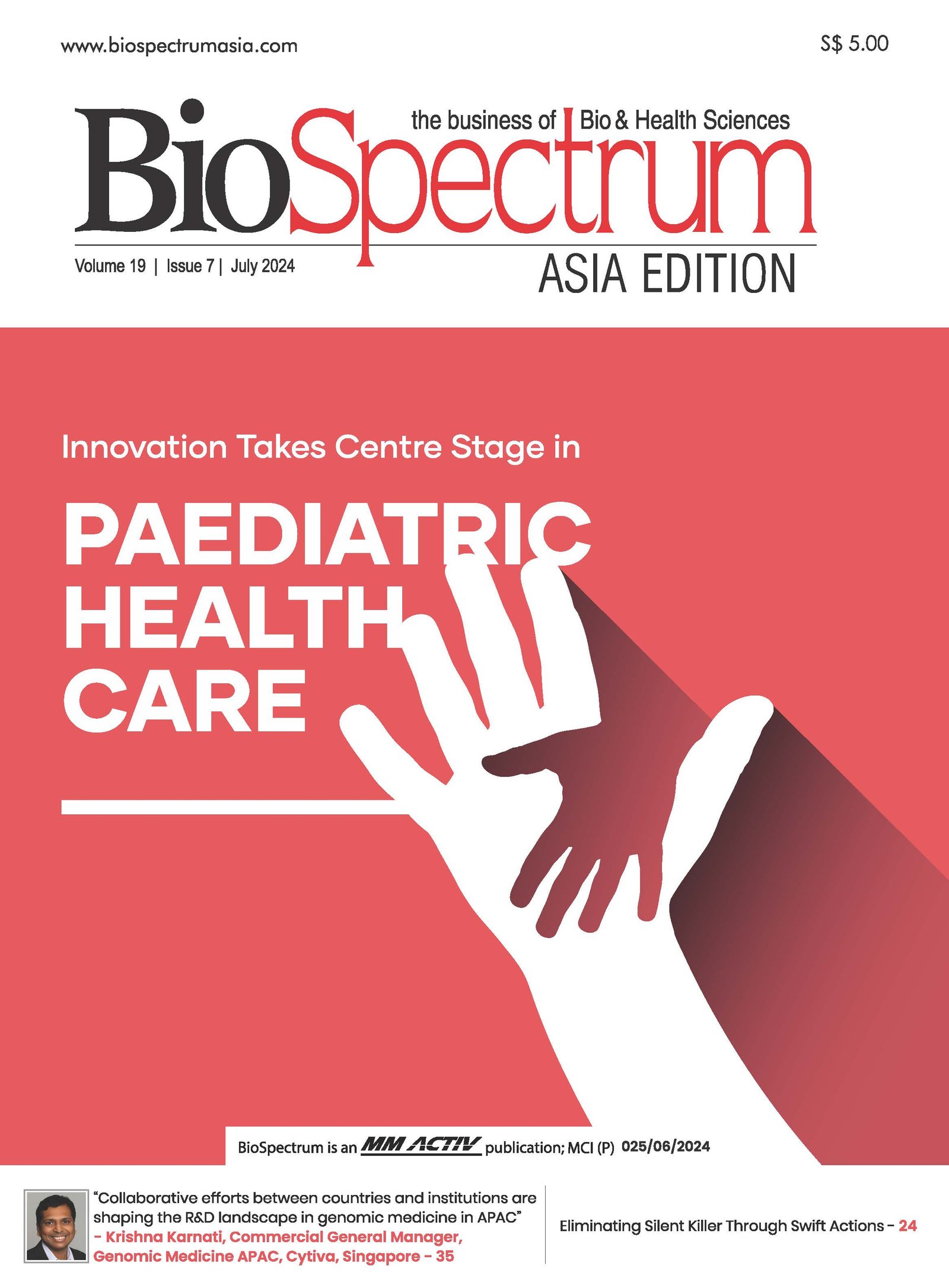China Emerges as New APAC Pharma R&D Engine
03 May 2023 | Opinion | By Ian Haydock, Editor-in-Chief, Insights, Asia Pacific, Citeline
Some major China-based innovators will increasingly target markets in Southeast Asia and Japan over the next few years

With the continued emergence of China as a global hub for biopharma innovation, companies from the country are now looking to take some of their principal original products to the smaller global markets of Southeast Asia, as they seek to diversify commercialisation of their expanding pipelines.
The engine driving this change continues to become more powerful. According to Citeline’s latest annual R&D report, 24 per cent of global R&D into new drugs and vaccines in development was taking place in China as of early January this year (comprising more than 5,000 products), up from 21 per cent in 2022. Meanwhile, the US was down slightly at 51 per cent of the total, from 53 per cent in 2022.
The global R&D pipeline continued to grow by around 6 per cent during the course of the preceding year, and now comprises more than 21,000 drugs and vaccines – but the balance of innovation is gradually shifting and Asia is becoming increasingly important. In terms of therapeutic focus, oncology remained dominant overall, accounting for 41 per cent of all R&D projects worldwide, but rare diseases together now account for a significant 20 per cent.
Chinese firms have so far focused on the US as their main target market outside China, but a series of setbacks over the past few years with immuno-oncology drug approvals in the US, linked mainly to a lack of diverse clinical data, appears to be prompting a new consideration of opportunities within Asia Pacific.
As a result, it seems likely that some major China-based innovators will increasingly target markets in Southeast Asia and Japan over the next few years, given the likely lower challenges around clinical data given their more ethnically similar patient populations, along with ongoing moves to harmonise global regulatory requirements.
There have already been some clear steps by Chinese firms to develop their business in Asia Pacific, with Shanghai Junshi Biosciences Co., Ltd. for example partnering with China Medical System Holdings Limited subsidiary Rxilient Biotech Pte. Ltd. to develop and commercialise the anti-PD-1 antibody toripalimab in nine Southeast Asian nations. Shanghai Henlius Biotech Co. Ltd. has also licensed its anti-PD-1/L1 antibody serplulimab to Indonesia-based PT Kalbe Genexine Biologics for Southeast Asia.
Another Indonesian firm, Etana Biotechnologies, has teamed up with several other Chinese pharma companies, including Walvax Biotechnology Co., Ltd., a vaccine maker, and ABOGEN INC, a messenger RNA-focused biotech, for the development and manufacturing of various types of vaccines in Indonesia.
A notable factor for biopharma R&D in Asia Pacific is that innovation is tending to come from smaller companies with fewer products compared to the US and Europe, where activity is more concentrated in large companies with diverse pipelines. Reflecting the wider trends, companies in the region are also active in the rare disease space, led by Japan’s Takeda, which had 90 such projects in its pipeline, making up about half the total and ranking sixth overall worldwide.
Here again, China is also building up its presence – BeiGene for instance had 34 rare disease projects in development, the Citeline annual R&D report shows, accounting for 61 per cent of its pipeline and ranking 19th worldwide.
According to Scrip’s Outlook 2023, Japanese pharma companies still remain the biggest spenders on R&D within Asia Pacific in absolute terms.
Ian Haydock, Editor-in-Chief, Insights, Asia Pacific, Citeline












